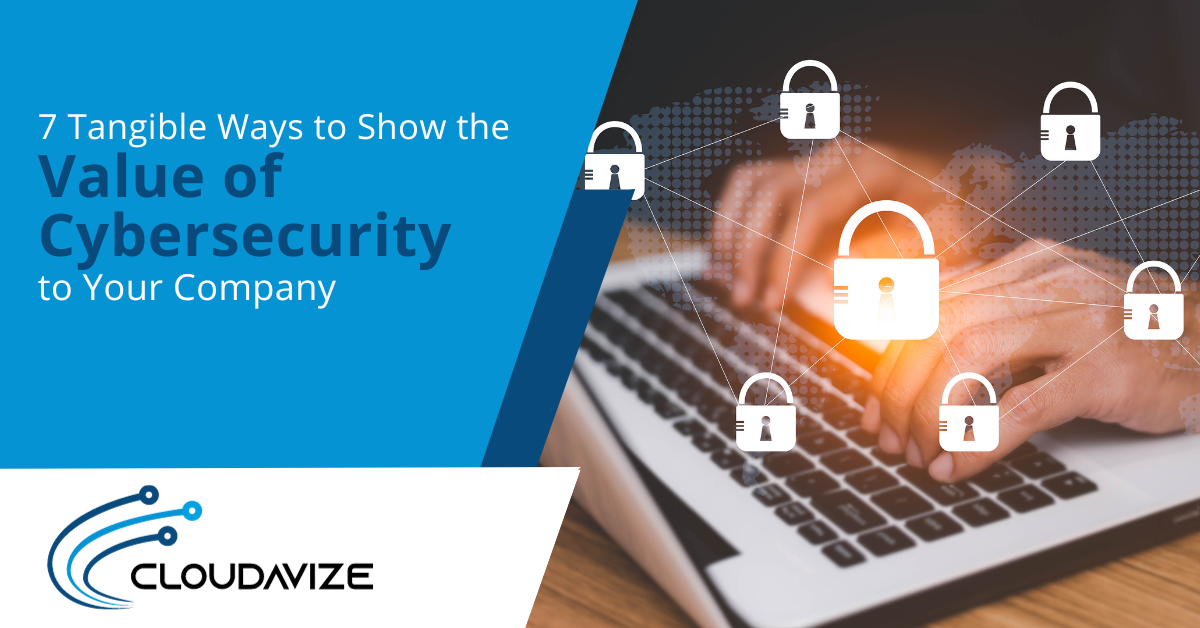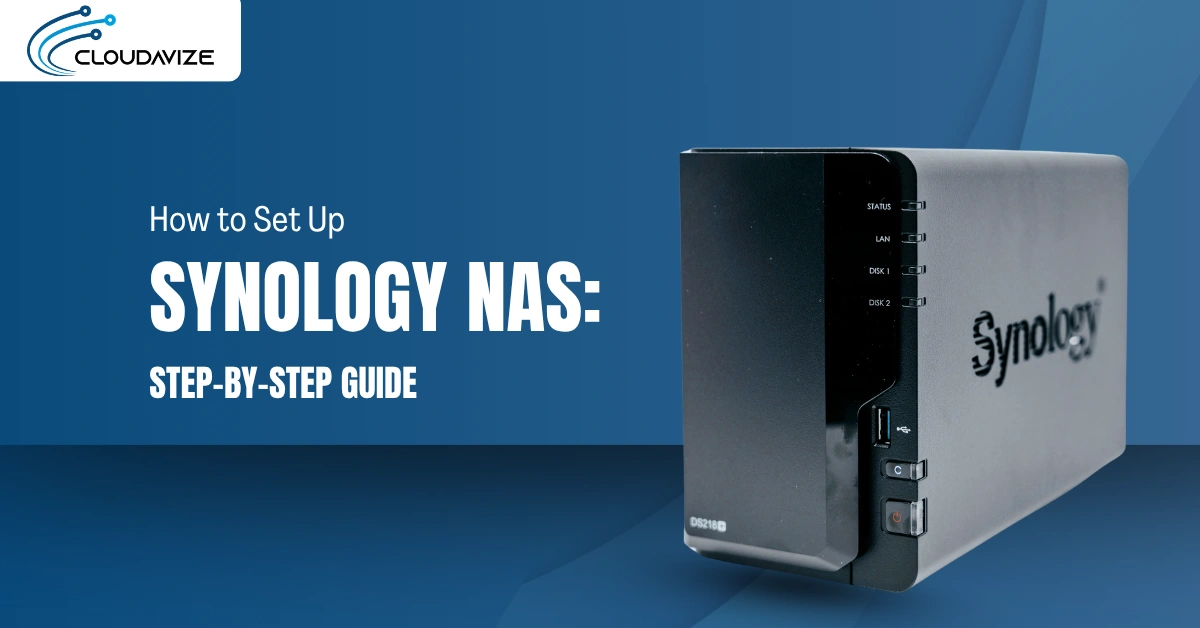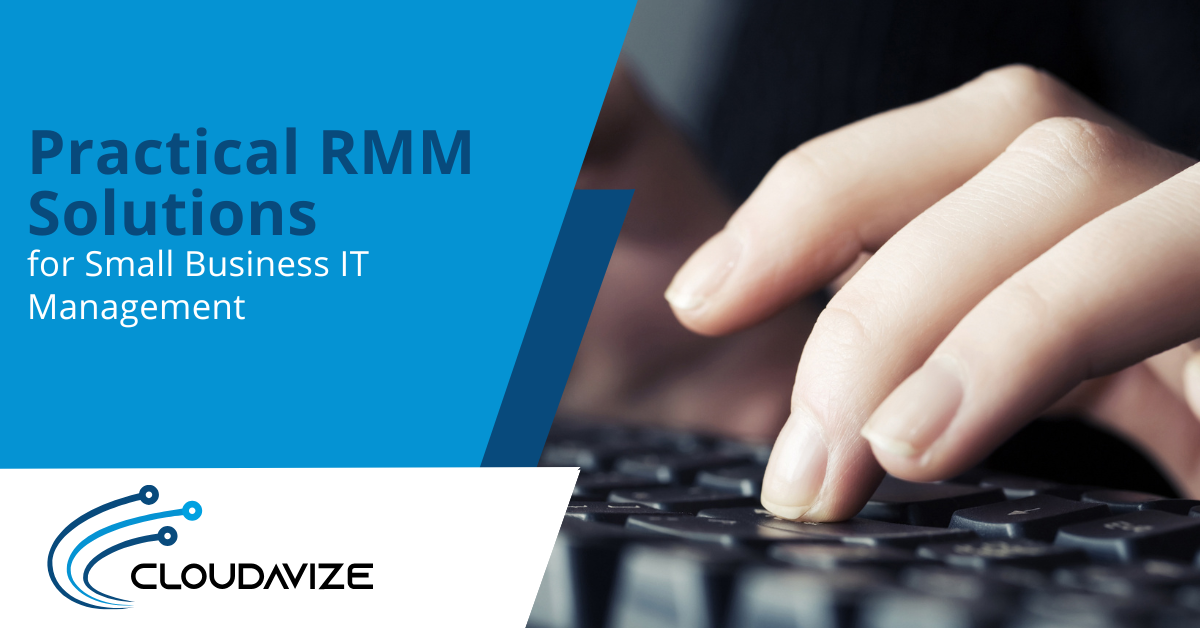In today’s digitally driven landscape, the significance of cybersecurity cannot be overstated. The evolving threat landscape, marked by sophisticated cyber attacks, underscores the critical need for robust security measures within organizations.
Despite this, effectively conveying the concrete advantages of cybersecurity to company stakeholders remains a formidable challenge. This article delves into nuanced and impactful methods for demonstrating the tangible value of cybersecurity within your organizational framework.
Table of Contents
1. Quantify the Cost of Cyber Attacks
An essential starting point in conveying the importance of cybersecurity is a thorough examination of the financial ramifications associated with cyber attacks. Conduct comprehensive research to discern the average cost of data breaches within your industry.
This data serves as a foundational element for building a persuasive argument, allowing you to juxtapose industry averages with potential costs your company might incur without adequate cybersecurity measures. By quantifying potential financial losses in terms of revenue, customer trust erosion, and regulatory penalties, you can effectively underscore the real-world consequences of a cyber attack.
2. Demonstrate Return on Investment (ROI)
A powerful approach in garnering support for cybersecurity initiatives involves presenting a clear and compelling Return on Investment (ROI) analysis. Decision-makers often respond favorably to a well-articulated case that illustrates how cybersecurity investments translate into long-term savings and protection of valuable assets.
Highlighting areas such as reduced downtime, diminished incident response costs, and enhanced protection against legal liabilities paints cybersecurity not merely as an expenditure but as a strategic investment. This shift in perspective makes it more likely for stakeholders to view cybersecurity through the lens of contributing positively to the bottom line.
3. Align Cybersecurity with Business Objectives
For cybersecurity initiatives to resonate with organizational leadership, alignment with broader business goals is crucial. Effectively demonstrating how cybersecurity measures directly contribute to the overall success and growth of the company is paramount. Emphasize how a secure digital environment enhances customer trust, fortifies the brand image, and ensures adherence to regulatory standards.
Presenting cybersecurity as an integral component in the pursuit of strategic objectives makes it more accessible for decision-makers to comprehend the symbiotic relationship between robust security measures and the company’s overarching mission.
4. Emphasize Proactive Risk Mitigation
Beyond reactive measures, highlight the proactive nature of cybersecurity in mitigating risks before they escalate into full-blown threats. Showcase how investments in preemptive security measures can significantly reduce the likelihood of breaches, saving the company from the cascading consequences of a successful cyber attack. By positioning cybersecurity as a shield against potential risks, you underline its role as a proactive force rather than a reactive safeguard.
5. Illustrate Regulatory Compliance
In an era of increasing regulatory scrutiny, adherence to compliance standards is paramount. Demonstrate how robust cybersecurity practices not only protect the company from legal consequences but also position it as a responsible and trustworthy entity in the eyes of regulators, customers, and partners.
By aligning cybersecurity efforts with compliance requirements, you underscore the broader corporate responsibility aspect, which is increasingly becoming a focal point for stakeholders and consumers alike.
6. Educate on the Evolving Threat Landscape
Cyber threats are ever-evolving, and staying ahead of these threats is a continual challenge. Use this as an opportunity to emphasize the dynamic nature of the cybersecurity landscape. Educate stakeholders on emerging threats and how cybersecurity measures are adapted to address these evolving challenges. This understanding can instill a sense of urgency and underscore the constant vigilance required to safeguard the company’s digital assets.
7. Highlight Reputation Protection
The intangible yet invaluable asset of corporate reputation should not be underestimated. Illustrate how a cybersecurity breach can have severe consequences on a company’s reputation, leading to a loss of customer trust and loyalty. Conversely, emphasize how robust cybersecurity practices contribute to maintaining and even enhancing the company’s reputation as a secure and reliable partner.
Get Expert Cybersecurity Assistance
Conveying the value of cybersecurity to your company involves a multifaceted approach that goes beyond mere technical details. By quantifying the financial implications, demonstrating ROI, aligning with business objectives, emphasizing proactive risk mitigation, illustrating regulatory compliance, educating on the evolving threat landscape, and highlighting reputation protection, you create a comprehensive narrative that resonates with diverse stakeholders.
As we navigate the complex and interconnected digital landscape, the commitment to cybersecurity is not just a technological imperative but a strategic necessity. For organizations seeking to fortify their digital defenses, Cloudavize stands ready to assist.
Contact us today to explore how we can collaboratively enhance your cybersecurity posture, protect your assets, and contribute to the long-term success of your business. At Cloudavize, we understand that cybersecurity is not just about protecting data; it’s about safeguarding the future of your company.



